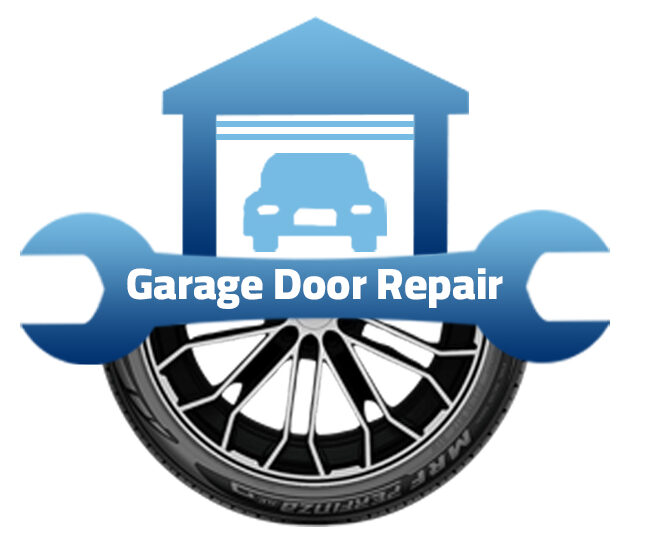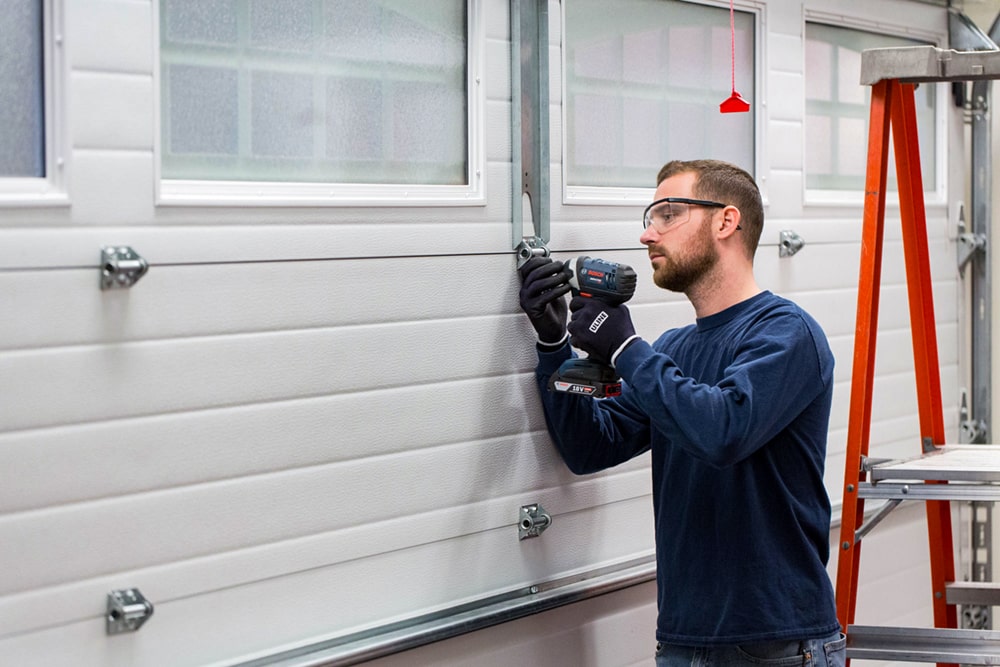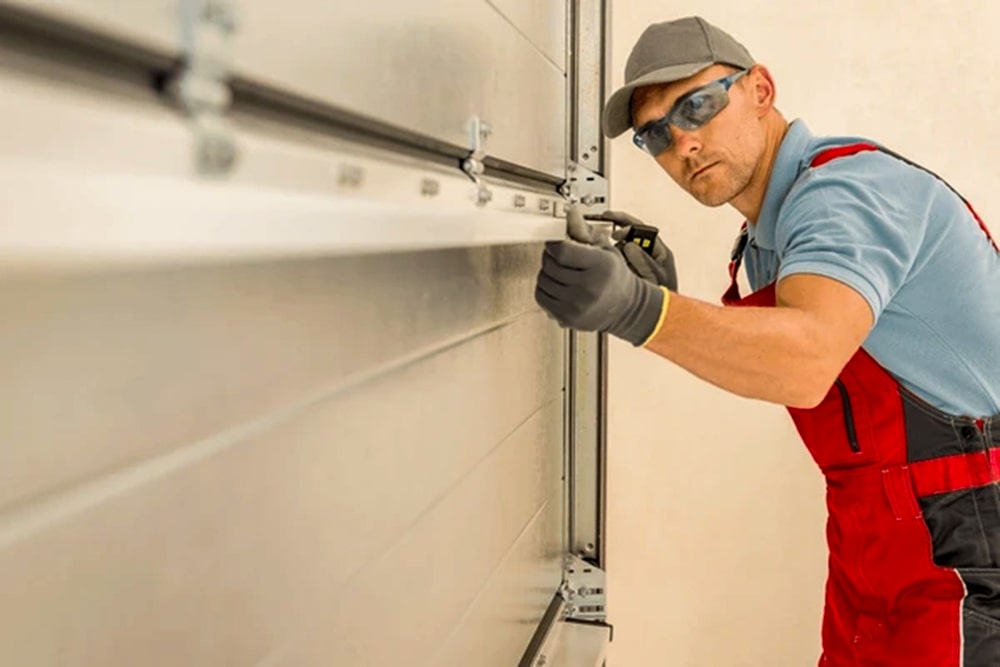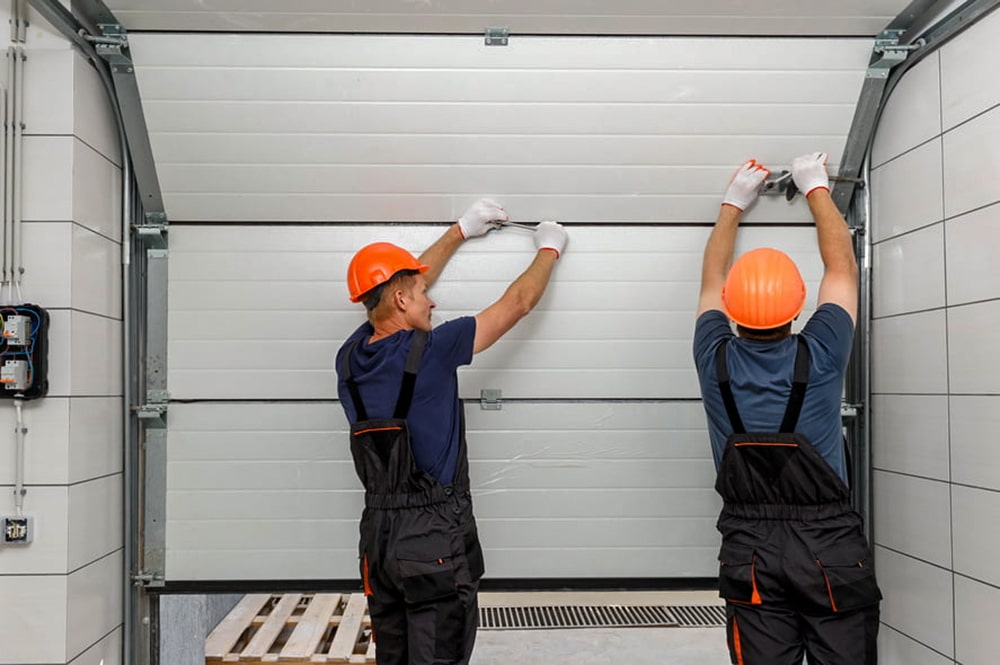A properly functioning garage door opener is essential for the convenience and security of your home. Whether you’re arriving late at night or leaving for work early in the morning, a reliable garage door opener ensures smooth access to your garage. However, like any mechanical device, garage door openers can face problems over time. This guide provides clear, step-by-step instructions on how to repair common issues with your garage door opener, ensuring it works efficiently and safely.
Safety Precautions
The Importance of Safety
Repairing a garage door opener involves working with electrical components and moving parts, which can be dangerous if not handled correctly. It’s important to prioritize safety to prevent accidents and injuries.
Essential Safety Gear
Before starting any repairs, gather the necessary safety equipment. This includes:
- Gloves to protect your hands from sharp edges and debris.
- Safety glasses to shield your eyes from dust and small particles.
- A sturdy ladder to reach the opener safely.
Disconnecting Power
Always disconnect the power to your garage door opener before beginning any repair work. This prevents accidental activation of the door while you are working, which could result in serious injury.
Common Issues with Garage Door Openers
Garage door openers can experience various problems, including:
- Remote not working: The remote control may fail to operate the door due to battery issues or programming errors.
- Door not opening or closing properly: This could be due to sensor misalignment, track obstructions, or motor issues.
- Strange noises: Grinding or screeching sounds can indicate problems with the rollers, tracks, or motor.
By identifying the symptoms related to specific issues, you can better diagnose and repair the problem.
Diagnosing the Problem
To effectively repair your garage door opener, you first need to diagnose the problem. Follow these steps to troubleshoot common issues:
Checking the Remote Control and Batteries
Begin by testing the remote control. Ensure the batteries are not depleted or improperly installed. Replace the batteries if necessary and check if the remote needs reprogramming.
Inspecting the Garage Door Opener’s Power Source
Ensure the garage door opener is properly connected to its power source. Check for any tripped circuit breakers or blown fuses that may be interrupting the power supply.
Evaluating the Motor and Mechanical Components
Inspect the motor and other mechanical components of the garage door opener for signs of wear and tear. Listen for any unusual noises and observe if there are any visible damages.
Analyzing Error Codes or Indicator Lights
Some garage door openers come with built-in diagnostic systems that display error codes or indicator lights. Refer to the user manual to interpret these codes and determine the exact issue.
Repairing Common Garage Door Opener Problems
Once you have identified the issue, proceed with the appropriate repair steps:
Remote Control Issues
- Replacing Batteries: If the remote control is not working, replace the batteries with fresh ones.
- Reprogramming the Remote: Follow the manufacturer’s instructions to reprogram the remote control to the garage door opener.
Sensor Alignment Problems
- Identifying Misaligned Sensors: If the garage door does not close properly, check the safety sensors. These are usually located at the bottom of the door tracks.
- Adjusting Sensors for Proper Alignment: Ensure both sensors are facing each other directly and are not obstructed. Adjust their positions as needed until the door operates correctly.
Track and Roller Issues
- Inspecting and Cleaning the Tracks: Dirt and debris can obstruct the tracks. Clean the tracks thoroughly to ensure smooth operation.
- Lubricating Moving Parts: Apply a suitable lubricant to the rollers and tracks to reduce friction and prevent wear.
- Replacing Damaged Rollers: If the rollers are worn out or damaged, replace them with new ones to ensure smooth door movement.
Motor and Gear Problems
- Checking Motor Functionality: Listen for any strange noises coming from the motor, indicating it may need repair or replacement.
- Replacing Worn-Out Gears or Motor Parts: If the gears or motor components are worn out, consult the manufacturer’s guidelines on how to replace these parts safely.
Electrical Issues
- Checking Wiring Connections: Inspect all wiring connections for any loose or damaged wires that may cause electrical problems.
- Replacing Faulty Circuit Boards or Wiring: If you find any damaged circuit boards or wiring, replace them according to the manufacturer’s instructions.
Testing the Garage Door Opener
After completing the repairs, it’s essential to test the garage door opener:
Reconnecting Power to the Opener
Reconnect the power to the garage door opener and ensure all safety measures are in place before testing.
Testing the Garage Door Opener’s Functionality
Test the garage door opener by using the remote control and wall switch to open and close the door. Observe its operation to ensure it moves smoothly without any issues.
Ensuring the Door Opens and Closes Smoothly
Check that the door opens and closes fully without any obstructions or unusual noises, indicating successful repairs.
Preventive Maintenance Tips
Regular maintenance can extend the lifespan of your garage door opener and prevent future issues:
- Regular Inspection and Lubrication: Periodically inspect the opener’s moving parts and apply lubricant to reduce friction and wear.
- Tips for Prolonging the Lifespan: Keep the tracks clean, check the sensors regularly, and replace any worn-out parts promptly.
- When to Consider a Professional Inspection: If you encounter persistent problems or are unsure about making repairs, consider scheduling a professional inspection.
When to Call a Professional
While many garage door opener issues can be resolved with DIY repairs, some situations require professional assistance. You can get our assistant by contact at garage door repair castle rock:
Signs that Indicate a Need for Professional Repair
- Persistent problems despite attempted repairs
- Complex issues involving electrical components or extensive damage
- Unfamiliarity with certain repair procedures
Understanding the Risks of DIY Repairs
Attempting repairs beyond your skill level can result in further damage or personal injury. Always assess the risks before deciding to fix it yourself.
How to Choose a Reliable Garage Door Repair Professional
Look for professionals with good reviews, proper certifications, and experience in garage door repair. Verify their credentials and ask for references to ensure quality service.
Conclusion
Repairing a garage door opener may seem daunting, but by following the steps outlined in this guide, you can address common issues safely and effectively. Remember to prioritize safety, conduct regular maintenance, and seek professional help when necessary. With proper care, your garage door opener can provide reliable service for years to come.




